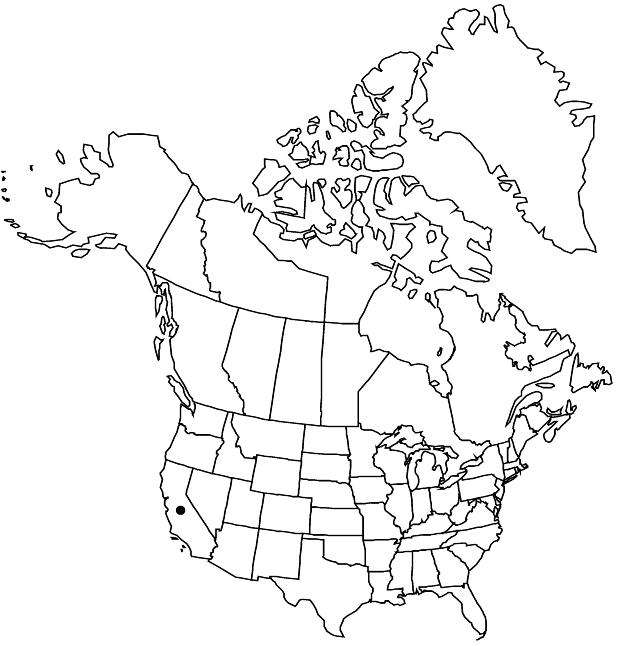Difference between revisions of "Dudleya viscida"
Desert Pl. Life 14: 191. 1943 ,.
FNA>Volume Importer |
FNA>Volume Importer |
||
| Line 7: | Line 7: | ||
}} | }} | ||
|common_names=Sticky dudleya | |common_names=Sticky dudleya | ||
| − | |basionyms={{Treatment/ID/ | + | |basionyms={{Treatment/ID/Basionym |
|name=Cotyledon viscida | |name=Cotyledon viscida | ||
|authority=S. Watson | |authority=S. Watson | ||
| + | |publication_title=Proc. Amer. Acad. Arts | ||
| + | |publication_place=17: 372. 1882 | ||
}} | }} | ||
|synonyms={{Treatment/ID/Synonym | |synonyms={{Treatment/ID/Synonym | ||
| Line 56: | Line 58: | ||
|publication year= | |publication year= | ||
|special status= | |special status= | ||
| − | |source xml=https://jpend@bitbucket.org/aafc-mbb/fna-data-curation.git/src/ | + | |source xml=https://jpend@bitbucket.org/aafc-mbb/fna-data-curation.git/src/f6b125a955440c0872999024f038d74684f65921/coarse_grained_fna_xml/V8/V8_349.xml |
|genus=Dudleya | |genus=Dudleya | ||
|subgenus=Dudleya subg. Stylophyllum | |subgenus=Dudleya subg. Stylophyllum | ||
Revision as of 20:28, 24 September 2019
Caudices to 5 dm × 1–4 cm, clumps to 5+ dm diam. Leaves with resinous odor; rosette 15–50-leaved, 10–20 cm diam.; blade light to dark or yellowish green, linear-deltate, tapering from base, convex or obtusely angled abaxially, laminar and flat or convex adaxially, often terete near apex, 6–15 × 0.5–1.5 cm, 2–5 mm thick, 2–6 times wider than thick, base 1–2 cm wide, surfaces not farinose, viscid, appearing oily. Inflorescences: cyme 3–15-branched, flat to cylindric, (to 3 × 1.5 dm); branches (close set), 1–2 times bifurcate; cincinni 3–11-flowered, scarcely circinate, 2–7 cm; floral shoots 2–7 dm × 2–10 mm; leaves 20–40, ascending, triangular-lanceolate, 1–6 × 0.3–0.5 cm. Pedicels 1–4 mm. Flowers: petals widespreading from middle or slightly reflexed, connate 1–2 mm, white to pink, elliptic, 6–10 × 2.5–3.5 mm, apex acute, corolla 12–22 mm diam.; pistils suberect or ascending, (pink, slender), 6–10 mm; styles 2.4–4 mm. Follicles ascending, with adaxial margins ca. 45–60º above horizontal. 2n = 34.
Phenology: Flowering late spring–early summer.
Habitat: Among rocks and on north-facing cliffs
Elevation: 0-500 m
Discussion
Of conservation concern.
Dudleya viscida is known from only five or six areas on the mainland, in Orange and San Diego counties, some affected by development and road construction; it is considered fairly threatened (California Native Plant Society, http://cnps.web.aplus.net/cgi-bin/inv/inventory.cgi). It is abundant where it grows; in San Juan Canyon, Orange County, for example, it can be seen from the highway, off and on, for some six kilometers, from 190 to 350 meters, with a total of thousands of plants. Reproduction is vigorous, and old roadcuts are heavily colonized. It is a local plant but hardly a rare one.
Dudleya viscida differs conspicuously from all other species of the genus in its strongly viscid and fragrant herbage. The sticky exudate seems to come from the epidermal cells generally, in which the cytoplasm looks much denser than in subepidermal cells and in epidermal cells of nonviscid Crassulaceae. R. L. Rodriguez C. (pers. comm.) said that this exudate appeared to be a soft resin or oleoresin with a terpene solvent. Among other species, only D. anomala of Baja California is even slightly viscid and odorous; it is a polyploid that very likely is derived in part from D. viscida.
According to P. H. Thomson (1993), Dudleya viscida hybridizes in nature with D. edulis and with D. pulverulenta. It is an attractive plant that does well in cultivation.
Selected References
None.
